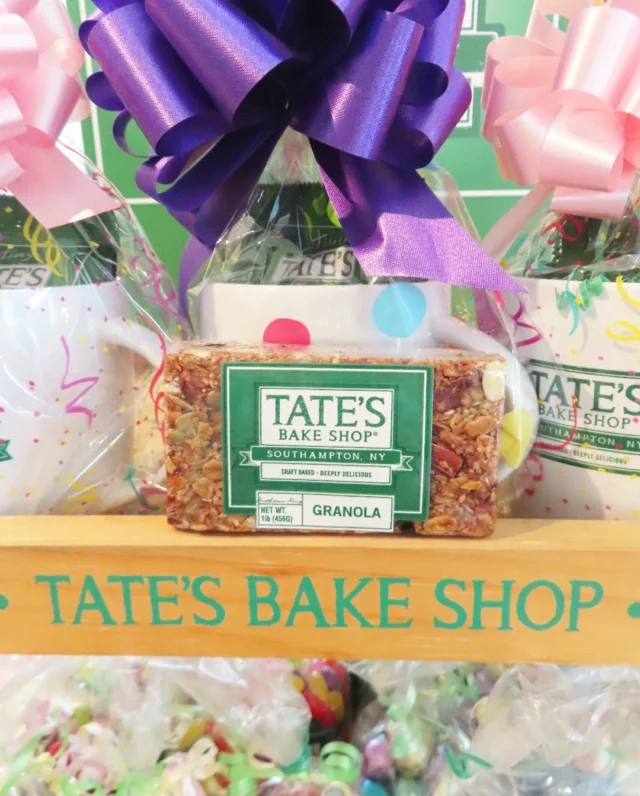 The glorious days of autumn are upon us; summer heat and crowds are giving way to soft golden light and the celebration of the harvest season in farms and vineyards. For those of us lucky enough to be here in fall, there’s still plenty of color to be had in the landscape. Here are some great sources of color for fall landscapes
The glorious days of autumn are upon us; summer heat and crowds are giving way to soft golden light and the celebration of the harvest season in farms and vineyards. For those of us lucky enough to be here in fall, there’s still plenty of color to be had in the landscape. Here are some great sources of color for fall landscapes
Late-Blooming Flowers
Many nurseries sell pansies for fall planting; they’re a delightful change from the ubiquitous mums, and unless we have a severe winter like last year’s, they will usually reward you with another round of bloom early in spring.
If you like a more sculptural look, you could plant a few pots of ornamental cabbage or kale. These non-heading plants color up with cold weather in shades of magenta, purple, creamy white, and bluish green, for a bright display.
Dahlias have been blooming in pots and flower gardens all summer, but they’re at their best in September and October. Cactus dahlias, with their pointed petals in many gorgeous shades of pink, red, yellow, orange, purple and white are my favorites.
Summer perennials are winding down, but others come into their own in fall. Japanese anemone bears open-petaled flowers of pink or white on tall, slender stems as summer comes to a close. They bloomed through much of September this year. Asters open their daisy-like flowers in shades of purple, blue, pink and white. Sedum is another autumn standout. The flat-topped clusters of flowers somewhat resemble small heads of broccoli, and start out light green, then slowly change color over several weeks. The classic variety, Autumn Joy, takes on a pale orange tone that gradually deepens to a hard-to-describe salmon-bronze. Two other lovely varieties, Brilliant and Neon, begin pale pink and brighten to rich magenta. Eventually all these sedums turn brown. Many gardeners like to leave them in the garden for winter interest and cut back the old stems in spring. While in bloom sedums attract bees and other pollinators.
A group of intricately lovely flowers for fall gardens are those of tricyrtis, or toad lily. The plants don’t look like much in summer, but in autumn they deck themselves in flowers shaped like stars, bells, or funnels in shades of pink, yellow and white. Last to bloom are Montauk daisies, which open their white daisy flowers in October. The plants are seemingly indestructible, but they bloom best when cut back to a few inches from the ground each spring.
Fall Bulbs
A special treat for autumn gardens are bulbs that bloom at this time of year. Most of us associate crocuses with the first flowers of spring, but there are autumn-blooming crocuses, too, which come in orange, yellow, and purple. Somewhat larger are colchicums, also called meadow saffron, which send up chaliceshaped flowers in shades of pink, yellow and white. Some of them open up into graceful star shapes. And one, the glorious variety called Waterlily, offers many-petaled blooms that resemble their namesake but come in an indescribably lovely shade of light pink suffused with gold. Plant these autumn-blooming bulbs in late summer and you won’t be disappointed.
Trees and Shrubs
A beautiful contrast to the golds and oranges of autumn foliage are the abundant purple-pink flowers of Lespedeza thunbergii. This shrub bears its flowers along arching stems in September. Consider adding this beauty to your landscape for next autumn.
Here are some possibilities for flaming fall foliage. Sweet pepperbush (Clethra) is an easy-care native that bears wands of pleasantly fragrant white or pink flowers in late summer. In fall their leaves turn golden yellow. Its clumps of stems look best in a naturalistic setting rather than a formal landscape design.
Oakleaf hydrangea is beautiful from spring to fall. Named for the shape of its deep green leaves, the plant bears large cone-shaped flower heads that open creamy white and take on pink tones as they age. In fall the leaves turn deep red.
Viburnums are known for their ball-shaped or flat-topped clusters of white spring or summer blossoms (deliciously scented in some species). In autumn the deep green foliage of many turns rich red. Our native cranberry bush viburnum may mix some orange and yellow with the red.
Maples are hard to beat; they blaze against a gray October sky in shades of red, orange or yellow. Some of the Japanese maples are positively incendiary in fall. Dogwoods are shades of red, even purple, in autumn. Beeches glow golden, sweet gum is a blend of orange, yellow and red, and the native white ash turns red.
We enjoy some of our most beautiful weather of the year here in autumn. Planting for fall color will make you want to get outside and enjoy the beauty of the season.
Writer, editor and author Anne Halpin has published 17 books on gardening and related subjects and edited many more. She has been living and gardening on the East End of Long Island for 23 years, and has cared for many private gardens here.













![Join us May 6th at The Harmonie Club for the Spring Salon Luncheon, a beautiful gathering in support of a truly meaningful cause. Together, we’ll raise critical funds and awareness for @campgoodgriefeeh—@eastendhospice’s summer bereavement camp helping children and teens navigate loss with compassion, connection, and healing. [link in bio]](https://hamptonsrealestateshowcase.com/wp-content/uploads/sb-instagram-feed-images/491527001_18506092897030135_3117653411609489602_nfull.webp)
![Welcome to this exquisite custom-built home in the prestigious Quogue South estate section, just moments from Dune Road and some of the world’s most breathtaking ocean beaches. Completed in 2024, this expansive shingle-style residence offers 6 beds, 7 full and 2 half baths, a separate legal guest cottage, heated gunite saltwater pool with spa, all set on a beautifully manicured 0.74± acre lot. Represented by @lauren.b.ehlers of @brownharrisstevens. [link in bio]](https://hamptonsrealestateshowcase.com/wp-content/uploads/sb-instagram-feed-images/491516869_18505931593030135_4655757731678000577_nfull.webp)
![Discover 11 Oyster Shores, a unique marriage of thoughtful design, uncompromised execution and meticulous craftsmanship expressed across nearly 6,000± sq. ft. of highly curated living space. Brought to life under the watchful eye of Blake Watkins, the visionary behind WDD, the project is a refreshing departure from the ordinary. Represented by @nobleblack1 of @douglaselliman. [link in bio]](https://hamptonsrealestateshowcase.com/wp-content/uploads/sb-instagram-feed-images/491440257_18505740808030135_9064730571228880657_nfull.webp)
![Reserve your ad space now in the Memorial Day “Summer Kick-Off” Issue of #HRES! 🍋 Be seen by high-end buyers and sellers across the Hamptons, Manhattan, and South Florida—just in time for the start of the season. Secure your spot today and make waves this summer 🌊☀️ [link in bio]](https://hamptonsrealestateshowcase.com/wp-content/uploads/sb-instagram-feed-images/491441694_18505573426030135_4475989184561040528_nfull.webp)

![Tuesday, April 15, was Tax Day for most, but for someone in Palm Beach, it was closing day! The nearly 8,00± sq. ft. Mediterranean-style residence at 240 N Ocean Boulevard, with direct ocean views and a private, 100-foot beach parcel, closed at exactly $26,670,750. The seller was represented by Jack Rooney of @douglaselliman and Elizabeth DeWoody of @compass while Dana Koch of @thecorcorangroup brought the buyer. [link in bio]](https://hamptonsrealestateshowcase.com/wp-content/uploads/sb-instagram-feed-images/491445351_18505056166030135_4907944420436119099_nfull.webp)
![Previously featured on our 2024 Columbus Day issue cover, 74 Meeting House Road has officially sold! This stunning new construction in Westhampton Beach offers the perfect blend of thoughtful design and timeless style. Congratulations to @kimberlycammarata of @douglaselliman who held the listing! [link in bio]](https://hamptonsrealestateshowcase.com/wp-content/uploads/sb-instagram-feed-images/491441951_18504901357030135_2664904795600183799_nfull.webp)
![Located South of the highway in Southampton this 4 bedroom, 5.5 bath multi-story property, offers extensive exterior architectural detail throughout. 60 Middle Pond Road offers breathtaking views and tranquil living, nestled along the serene shores of Middle Pond and Shinnecock bay. Represented by @terrythompsonrealtor @douglaselliman. [link in bio]](https://hamptonsrealestateshowcase.com/wp-content/uploads/sb-instagram-feed-images/491451873_18504686110030135_5284427082339135969_nfull.webp)
